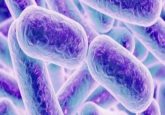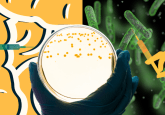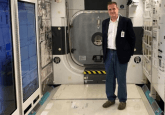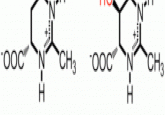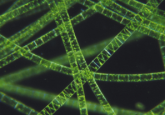Interstellar contamination
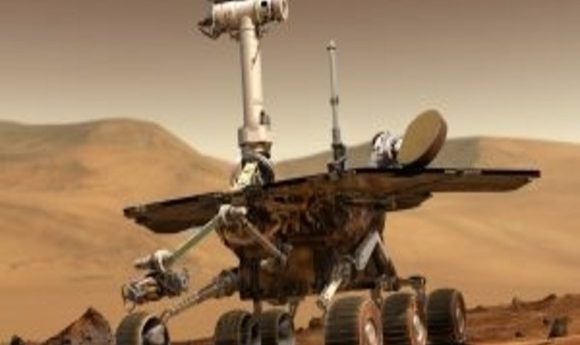
Bacteria from earth could be contaminating other planets by hitching a ride on spacecraft.

Despite extensive efforts to decontaminate anything that gets sent into space, some microorganisms are still able to find a way to stick around when objects are sent into orbit. Scientists in George Fox’s lab at the University of Houston (TX, USA) are studying these bacteria to find out how and why they are eluding contamination. The results, published in BMC Microbiology, could help prevent the contamination of other planets within our solar system and perhaps even further afield.
The basis of the research is to prevent the possibility of forward contamination, as Fox explains:
“The search for life elsewhere is impacted by the possible transport of organisms from Earth to solar system bodies of interest.”
Extreme efforts are made on Earth in order to prevent this from happening. To enter the clean rooms at NASA’s Goddard Space Flight Centre (MA, USA), you must walk over adhesive floor mats, then receive a forced air-shower, before you are allowed to put on the sanitized full body suits. However, as we have learned with antibiotic resistant bacteria, cleaning processes can lead to stronger strains of bacteria surviving and proliferating.
Co-author Madhan Tirumalai thinks it’s important to understand the genetics of these resistant bacteria in order to understand their process.
“No matter what we do, some bacterial spores appear to be finding ways to escape decontamination. I’m trying to understand what makes these spores so special at their genomic level and relate these features with their ability to evade decontamination measures.”
The team started by sequencing a couple of strains of bacteria from the clean rooms at Caltech’s Jet Propulsion Laboratory (CA,USA). They then sequenced the genomes of two strains that were particularly resistant to peroxide and radiation; Bacillus safensis FO-36bT and B. pumilus SAFR-032. These newly sequenced genomes were then compared to the known genomes of both B. safensis JPL-MERTA-8-2, which had been found on the Mars Exploration Rover, and B. pumilus ATCC7061T, a known spore producer with resistance to peroxide and radiation.
“The genome blueprint gave us the basic clues of what the organism might be harboring,” said Tirumalai.
Following this comparison, the group were able to identify 10 genes that were only found in B. safensis FO-36bT. The function of these genes is unknown, making them prime suspects for generating the resistance seen in the species. However, presence or absence does not necessarily contribute to the variation in resistance, as Tirulmalai explains:
“It is quite possible that distinctions in gene regulation can alter the expression levels of key proteins thereby changing the organism’s resistance properties without gain or loss of a particular gene. These are potential genes of interest with respect to the resistance of the spores of this strain”
The team also made an interesting discovery when examining the phage elements of the bacteria. These phages are viruses that infect bacteria and are responsible for a lot of genetic transfer in bacterial communities. They discovered that four of the ten unknown genes are found on these phages.
It is possible that one or more of the 120 unknown genes could be conveying resistance in certain species of bacteria, and this knowledge could be shared amongst the community via bacteriophages.
Identifying the mechanism should help prevent contamination but Tirumalai is pessimistic about the practicalities of decontamination.
“The task to eliminate microbes in clean rooms, where spacecraft are assembled, or aboard spacecraft, will continue to be a challenge for NASA and other space agencies.”
